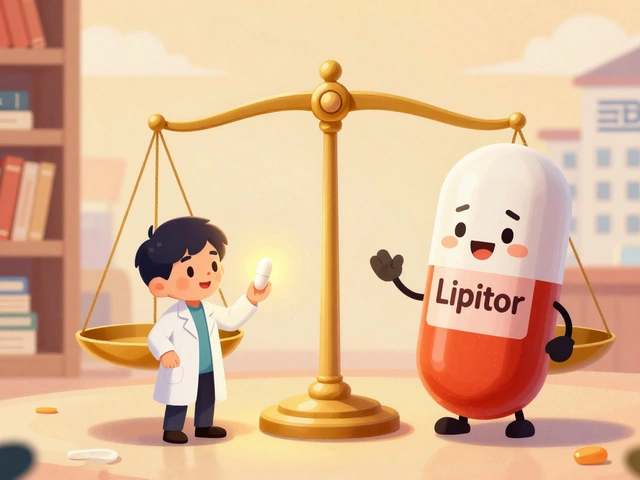
Pyrantel Pamoate: What It Is, How It Works, and What You Need to Know
When you're dealing with intestinal worms, pyrantel pamoate, a widely used anthelmintic drug that paralyzes worms so your body can pass them naturally. Also known as pinworm medicine, it’s one of the most common treatments for roundworms and pinworms—especially in kids. Unlike some stronger drugs, pyrantel pamoate doesn’t get absorbed much into your bloodstream. It stays in your gut, where it does its job and then leaves your system without causing widespread side effects.
This medication is often the first choice because it’s simple, safe, and effective. You take it as a single dose, sometimes repeated after two weeks if needed. It’s available over the counter in many places, and doctors often recommend it for families where one person has pinworms—because they spread so easily. You don’t need a fancy lab test to start treatment; if symptoms like nighttime anal itching, restlessness, or stomach discomfort match the profile, pyrantel pamoate is usually the go-to fix.
It’s not a cure-all, though. It won’t touch tapeworms, hookworms, or liver flukes. For those, you need something else—like albendazole or mebendazole. But for pinworms, which are the most common worm infection in the U.S. and Europe, pyrantel pamoate is the gold standard. It’s also used in schools and daycare centers during outbreaks because it’s cheap, easy to give, and works fast.
People often ask if it’s safe for babies or pregnant women. The answer is usually yes, but always check with a doctor. Side effects are rare but can include mild stomach upset, nausea, or dizziness. Most people feel fine after taking it. What matters more is cleaning up the environment—washing bedding, trimming nails, and avoiding scratching—because the eggs stick around and can reinfect you if you’re not careful.
When you look at the posts here, you’ll see comparisons between similar drugs—like how albendazole stacks up against pyrantel pamoate, or why some people switch from one dewormer to another. You’ll also find guides on managing symptoms, understanding how parasites spread, and spotting signs you might need treatment. This isn’t just about taking a pill. It’s about knowing when to act, how to prevent re-infection, and what to do if the first dose doesn’t work.
Whether you’re a parent dealing with a child’s itchy bottom, a traveler who picked up something abroad, or just someone curious about how these medications actually work, the posts below give you real, practical answers—no fluff, no jargon, just what you need to know to get healthy and stay that way.
-
30 Oct







